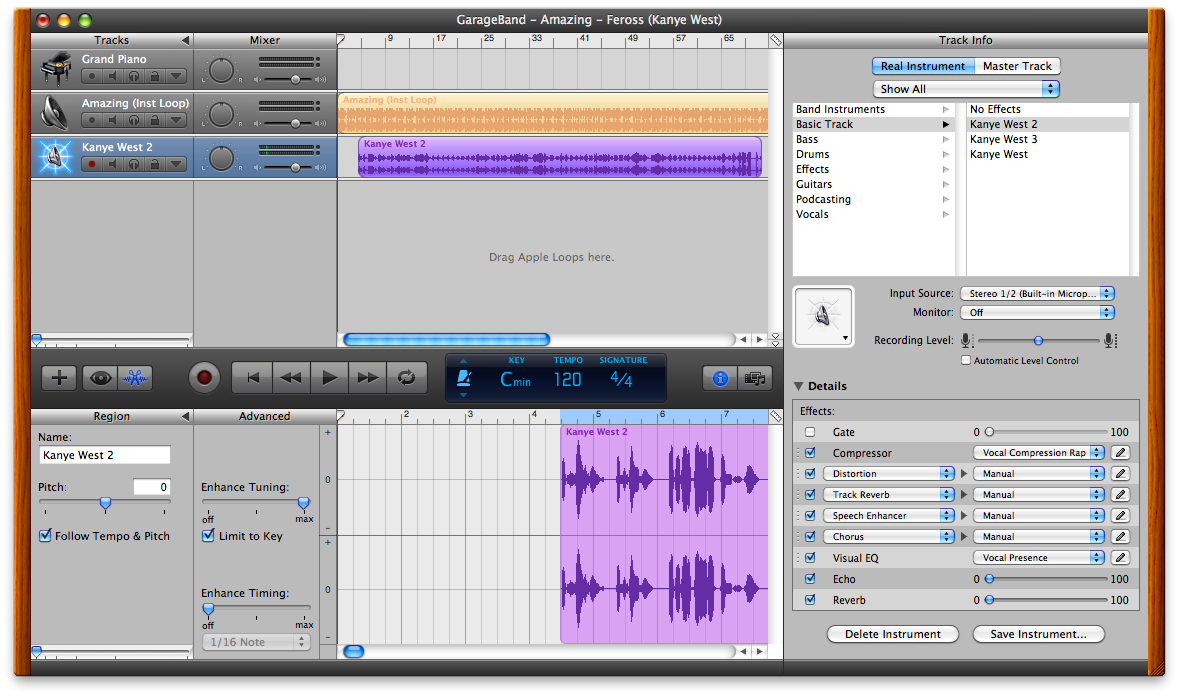How Much Auto Tune Did Btr Use
If you switched on the radio in the summer of 1998, chances are you got a taste of Cher's 'Believe,' an up-tempo ode to bouncing back after a rough breakup. More than a quarter century after first rising to prominence as a 1960s folk artist, the 52-year-old Cher was once again climbing the charts. In malls, dance clubs and laser bowling alleys across the country, 'Believe' played frequently. By the time the dust had settled, the song had become Cher's bestselling recording ever -- and one of the bestselling singles of all time.
At the time, the most notable feature of the song was an electronic modification on the vocals. The effect first appears 35 seconds into the song, while Cher sings 'I can't break through.' On each of the last three words, Cher's voice undergoes a bizarre electronic glitch.
Advertisement


The reason behind that glitch was Auto-Tune, a pitch-correcting software designed to smooth out any off-key notes in a singer's vocal track. Released only the year before 'Believe,' it was the recording industry's favorite dirty secret: With only a few clicks of a mouse, Auto-Tune could turn even the most cringe-worthy singer into a pop virtuoso. But most music studios kept it around simply to fix with the occasional wrong note.
Jul 17, 2014 Auto-Tune, and why we shouldn’t be surprised Britney can’t sing July 17, 2014 12.01am EDT. Auto-Tune’s arrival into the public’s consciousness was a result of Believe.
During the recording sessions for 'Believe,' however, Cher's British producers had put the software into overdrive. Instead of lightly tuning the pitch of Cher's voice, they had adjusted the levels so sharply that it became an unmistakable part of the song. The effect was weird and robotic, but against a background of synthesizers and high-energy percussion, it worked like a charm. Opera singers have long been using vibrato, a technique of delivering a note in a constantly wavering pitch. As far as Cher and her producers were concerned, though, Auto-Tune was simply a computerized twist on the technique.
- It's been theorized that a vast majority of big-name artists use auto-tune, and it's a reasonable assumption that any artist who doesn't speak out strongly against it might have used it themselves. But essentially, if an artist uses auto-tune correctly, you shouldn't be able to hear it. It should blend in smoothly.
- Jun 23, 2014 Here is my review on the BTR stage 1 canned tune. Car: 2013 2.0t Rspec. Car is stock except for a K&N air filter (not full intake). About 8k miles on the car BTR service: I Ordered the ECU last monday (6/2), got the ECU today. Not bad at all, considering it had to come from Korea.
As 'Believe' hit the airwaves, the producers aimed to keep the lid on their new toy. So much so, that when interviewed about the technique by a sound engineering magazine, they lied and said it was due to a vocoder, a well-known voice modulation device used since the 1970s [source: Sillitoe].
But the truth eventually trickled out, and when it did, Auto-Tune's inventor, Harold 'Andy' Hildebrand, was shocked. Auto-Tune was supposed to be a behind-the-scenes trick for the recording studio. The New Yorker had compared it to blotting out the red-eye in a photograph, and Hildebrand himself compared it to wearing makeup [source: Frere-Jones, NOVA].
How Much Auto Tune Did Btr Use Online
But now, Hildebrand's brainchild was making Cher sound like a robot. 'I never figured anyone in their right mind would want to do that,' Hildebrand told Time magazine [source: Tyrangiel] Whether he realized it at the time or not, Hildebrand's electronic creation was about to become one of the largest technological influences on popular music since Les Paul invented the modern electric guitar.